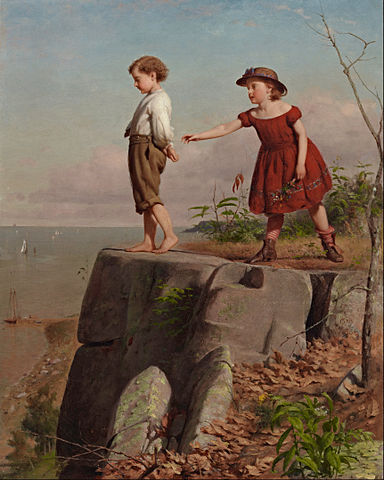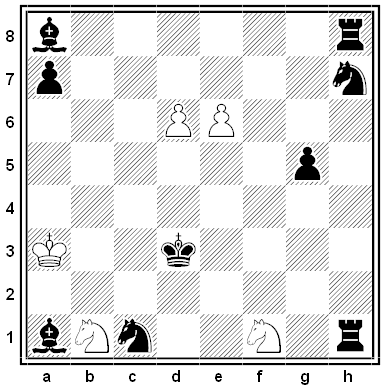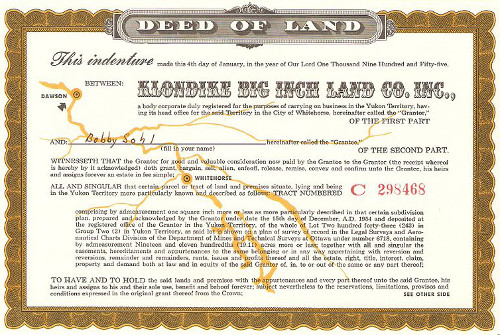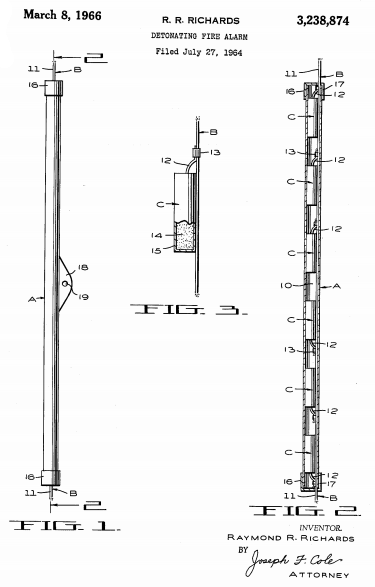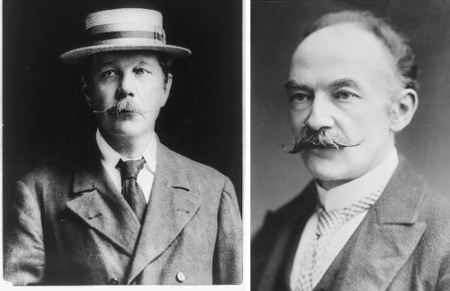
A letter from Arthur Conan Doyle to Light, April 5, 1930:
SIR, — It might interest your readers to know that some weeks ago I had a communication which professed to come from Thomas Hardy. It came through an amateur Medium from whom I had only once before had a message, which was most veridical. Therefore, I was inclined to take Hardy’s message seriously, the more so as intrinsically it was worthy of him. I should place it on the same level of internal evidence as the Oscar Wilde and the Jack London scripts. Hardy gave a posthumous review of his own work, some aspects of which he now desired to revise and modify. The level of his criticism was a very high and just one. He then, as a sign of identity, sent a poem, which seems to me to be a remarkable one. It describes evening in a Dorsetshire village. Without quoting it all I will give here the second verse which runs thus:
Full well we know the shadow o’er the green,
When Westering sun reclines behind the trees,
The little hours of evening, when the scene
Is faintly fashioned, fading by degrees.The third and fourth lines are in my opinion exquisite. I do not know if they were memories of something written in life. I should be glad to know if anyone recognises them.
Arthur Conan Doyle

